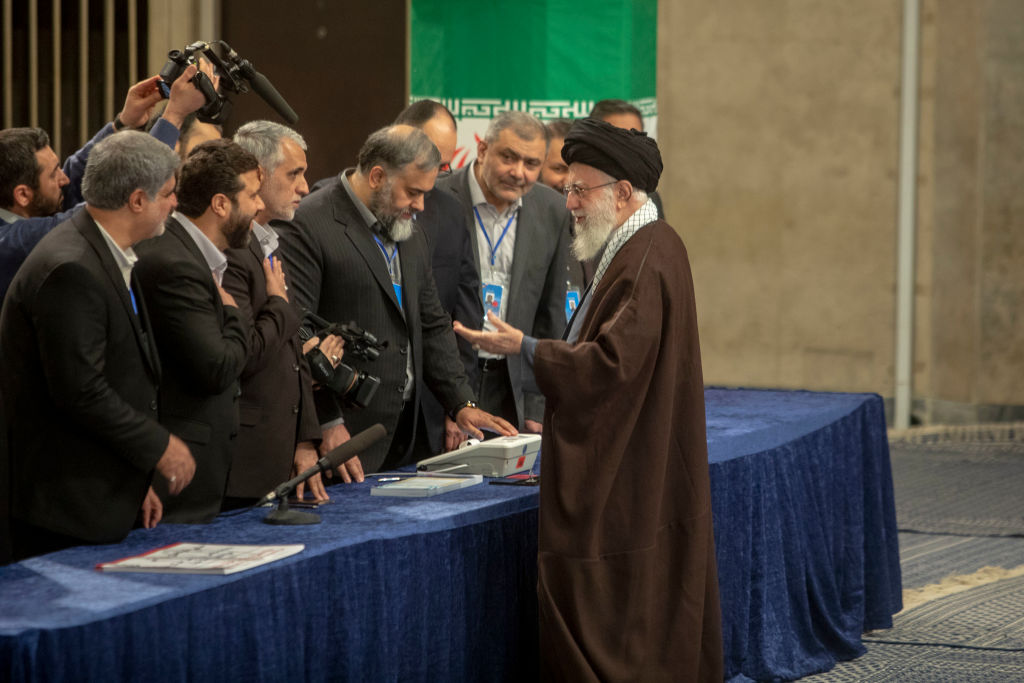
The problem with many revolutionary regimes is that the farther away in time they get from the revolution, the less society remembers what came before. And that means that the more that people focus on present governance failures and societal restrictions, the more regimes need to narrow whatever political choice society has to bolster their hold on power.
The Iranian revolution is now 45 years past and memories of what came before are increasingly limited. Iran’s population at the time of the revolution was around 38 million—it is now more than 85 million. And in that time Iran has known only two supreme leaders, with the current incumbent in his mid-80s and the regime’s eyes well and truly on the fact that the biggest challenge it faces on the horizon is ensuring a smooth changeover of supreme leader for only the second time since the revolution.
This focus by the conservative forces (howsoever defined) on preserving the status quo at all costs so that they retain control of the state has meant that they have sought to narrow the alternatives open to Iran’s voting population. Voters have responded with studied insouciance. Official figures showed that voter turnout in the parliamentary elections at the start of the month was 41%, the lowest post-revolution turnout on record, beating the previous lowest turnout of just over 42% recorded at the last parliamentary elections in 2020.
Voters showed the same disdain in the 2021 presidential election that brought to power the conservative candidate, Ebrahim Raisi, with 48.8% of the voting public turning out. By contrast elections that voted in his predecessor, Hassan Rouhani, in 2013 and 2017 both saw turnouts of around 73%.
The extent of the conservative forces’ ascendancy is perhaps best illustrated by the fact that former president Rouhani was barred by the Guardian’s Council (responsible for vetting electoral candidates) from running for election to the Assembly of Experts (which appoints the new supreme leader). That poll was run at the same time as parliamentary elections.
At the political level, it is the various conservative factions who are manoeuvring for advantage ahead of the second change in leadership in revolutionary Iran’s history. The members of the broader population have largely absented themselves from this competition and are at best disinterested observers. Whereas the belief that their right to fairly elect a president in the face of the 2009 electoral manipulation was enough to get people on the street and threaten, if only briefly, the stability of the regime, more than a decade later the constrained choice open to voters no longer elicits protests.
Whilst the conditions necessary for widespread civil unrest are often present within Iran, the point at which they are sufficient to trigger it depends on the issue at hand and the ability of organisers to tap into the anger and despair. The change in the supreme leader, when it comes, will be a battle between elite conservative factions. The point at which the battle for the support of the people begins, or when their rejection of the system and/or its policies reaches a sufficient point at which they are forced to strike out is a much more difficult one to predict. But the more disenfranchised the people become and the more removed they are from the political process, the fewer options they see to enact change and the shakier the regime’s hold on power becomes. But based on recent elections, the factional leaders in Iran only have eyes for the prize.

